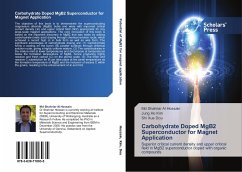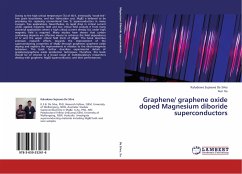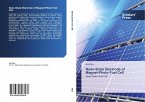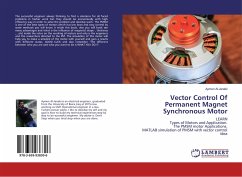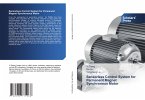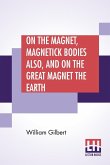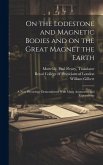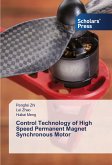The objective of this book is to demonstrate the superconducting magnesium diboride (MgB2) bulks and wires with improved critical current density (Jc) and upper critical field (Hc2) appropriate for any large-scale magnet applications. The core innovation of this book is based on the important discovery in MgB2 that was made by adding carbohydrate (malic acid) doping through chemical solution route, which achieved a record high Jc in bulk form as well as wire form. The significant advantages of carbohydrate doping are: (1) Carbohydrate forms a coating on the boron (B) powder surfaces through chemical solution route, giving a highly uniform mixture. (2) The carbohydrates in the mixture melt at lower temperatures and decompose at temperatures below the formation temperature of MgB2, hence producing highly reactive and fresh carbon (C) on the atomic scale. (3) The fresh and reactive C substitution for B can take place at the same temperature as the formation temperature of MgB2 and the inclusion of excess C within the grains, resulting in the enhancement of Jc and Hc2.
Bitte wählen Sie Ihr Anliegen aus.
Rechnungen
Retourenschein anfordern
Bestellstatus
Storno

